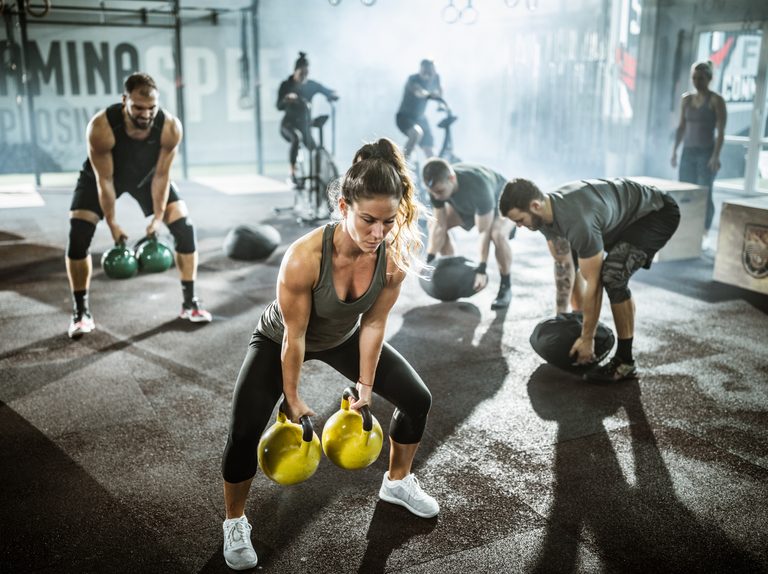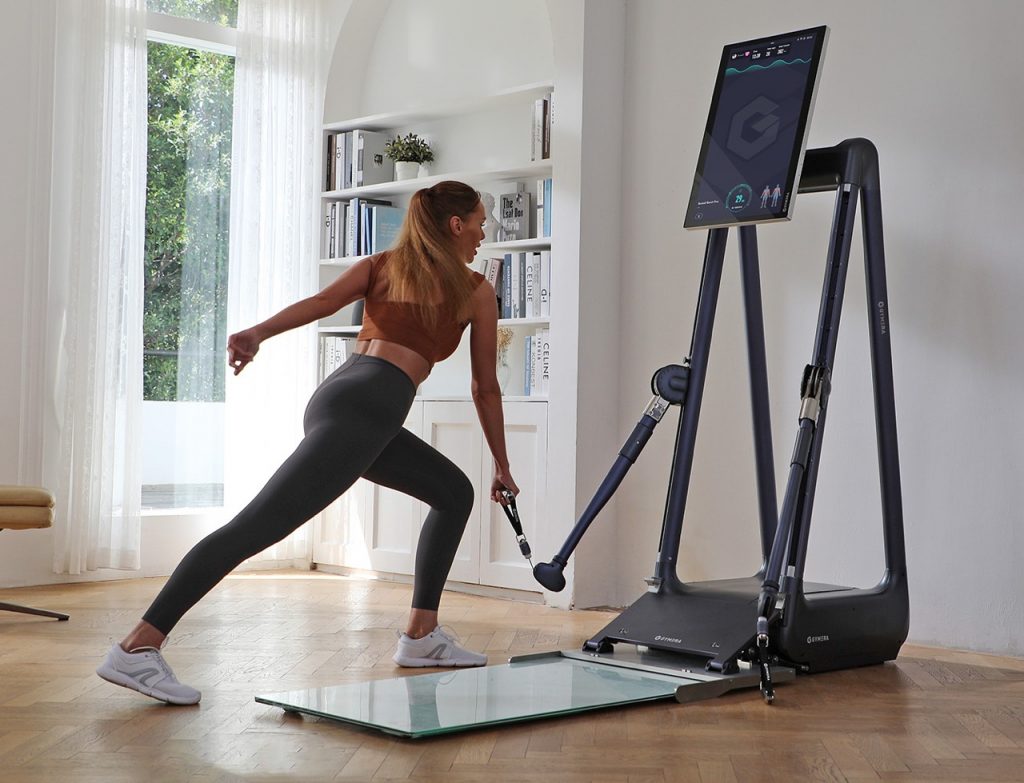
Online Fitness Platforms: Your Virtual Personal Trainer
One of the most significant drivers behind the home workout trend is the rise of online fitness platforms. Whether through apps, subscription-based services, or free YouTube tutorials, digital fitness has become an integral part of modern exercise routines. Platforms like Peloton, Apple Fitness+, and Fitbit Premium offer a wide range of guided workouts, from yoga and pilates to strength training and cardio. These virtual programs provide the expertise of professional trainers, allowing users to follow structured routines without the need for in-person coaching. Many online platforms also offer community support, live workout classes, and progress tracking features, keeping users engaged and motivated. The accessibility of these platforms means that individuals can work out at any time, eliminating the constraints of a traditional gym schedule. Additionally, the ability to personalize workouts based on fitness level, goals, and available time makes digital fitness solutions highly adaptable. With technology advancing rapidly, online fitness platforms continue to integrate artificial intelligence, real-time feedback, and interactive workouts to enhance the home fitness experience.
Read more

